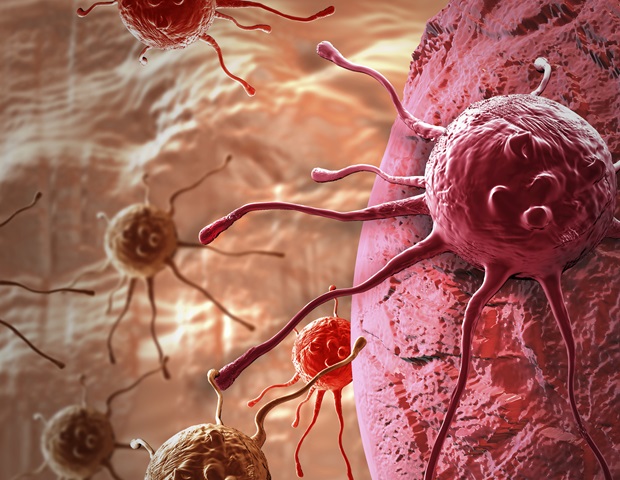
Cancer spreads in cunning, almost militaristic ways throughout the body. For instance, it has the ability to alter our genetic makeup, take control of particular cell-to-cell signaling processes, alter important enzymes to encourage tumor growth, thwart treatments, and hasten the spread of tumors from the initial site to the bloodstream or other organs.
Scientists who study cancer have been very interested in enzyme mutations. The Liu and Tan labs at UNC’s Lineberger Comprehensive Cancer Center have been researching substrate mutations of enzyme recognition motifs, which may more accurately reflect enzyme function and have the potential to identify fresh cancer treatment targets or directions.
We believe that by controlling specific subsets of substrates, it may be possible to increase the effectiveness of targeted therapies, particularly for enzymes that perform both oncogenic and tumor suppressive functions.
Jianfeng Chen, PhD, is a first author and postdoctoral fellow at the UNC Department of Biochemistry and Biophysics’ Liu lab.
On June 29, 2023, their findings were released in the Journal of Experimental Medicine.
mutations in the AGC kinase motif
They discovered that the AGC kinase motif known as RxRxxS / T has the highest rate of mutation using the developed algorithm and data from The Cancer Genome Atlas ( TCGA ). The AGC family of 60 kinases shares the short, recurring pattern known as RxRxxS / T. These enzymes are essential for development, metastasis, proliferation, and drug resistance.
According to Pengda Liu, PhD, an associate professor of biochemistry and biophysics,” We discovered that cancer attempted to either evade or create mutations on these RxRxxS / T motifs to give itself more advantages for tumor growth and survival.”
a novel treatment for colorectal cancer
The Liu and Tan groups conducted a validation study on the mutations in the AGC kinase motif associated with colorectal cancer, the second most lethal cancer and the third most prevalent malignant tumor worldwide. Currently, colorectal cancer has a 5-year survival rate of 12%.
They found that colon cancer” hoards”” BUD13 mutations,” a protein-coding gene, to avoid the phosphorylation that AGC kinase performs. These BUD13 mutations are ultimately preferred by colon cancer because it also benefits from inactivating an E3 ligase known as Fbw7. ” Fbw7, a crucial tumor suppressor, increases tumor growth and therapy resistance when turned off.”
The research team discovered that the BUD13 tumor cells were more prone to the inhibition of the mTORC2 kinase in addition to their findings on Fbw7 inactivation, pointing to a novel, potentially targeted therapy for colon cancer patients who have this mutation.
Xianming Tan, PhD, a research associate professor in the Department of Biostatistics at the Gillings School of Public Health and the Lineberger Comprehensive Cancer Center, said,” It is exciting to tease out different types of somatic mutations, and we are glad to offer this publicly available resources to the cancer research community.”
